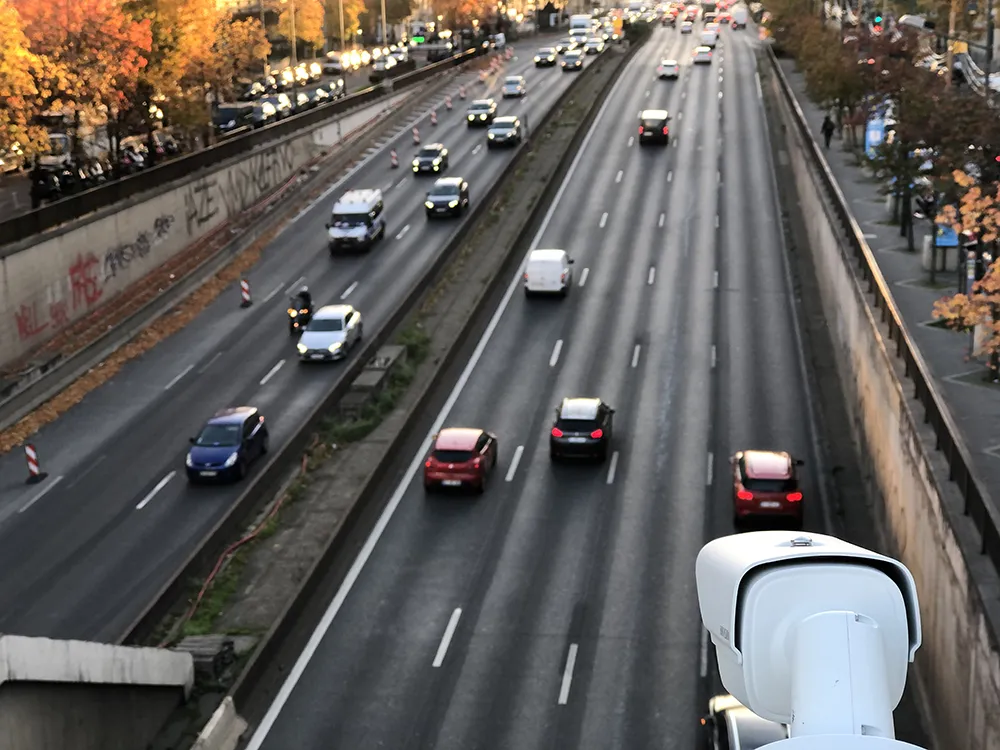
AGD has updated its AGD650 AI Multi Modal Detector, which includes advanced tracking capabilities for buses.
Trials are underway to extend functionality to cyclists and heavy goods vehicles, the manufacturer says.
Originally designed for stop-line detection, the AGD650 has evolved to support a wide range of traffic management applications, including optimising urban traffic flow with Split Cycle Offset Optimisation Technique (Scoot), enhancing junction safety through all-red signal phases and providing precise vehicle detection to manage turn-specific signal control.
AGD says the detector’s capabilities extend to monitoring exit blocking to prevent bottlenecks and prioritising public transport with bus lane detection, helping to improve efficiency and safety on increasingly busy roads.
The updated AGD650's optical technology ensures the same level of accuracy and reliability that traffic managers trust while delivering new functionality to meet evolving urban transport challenges, the firm insists.
"The enhanced AGD650 represents an important leap forward in traffic management technology," says Kieran Corbally, senior commercial manager at AGD.
“By expanding its capabilities to include applications such as bus lane prioritisation and SCOOT, we are empowering cities with the tools they need to tackle modern traffic challenges head-on. The trials for cyclists and HGVs further demonstrate our dedication to delivering comprehensive solutions for all road users.”










